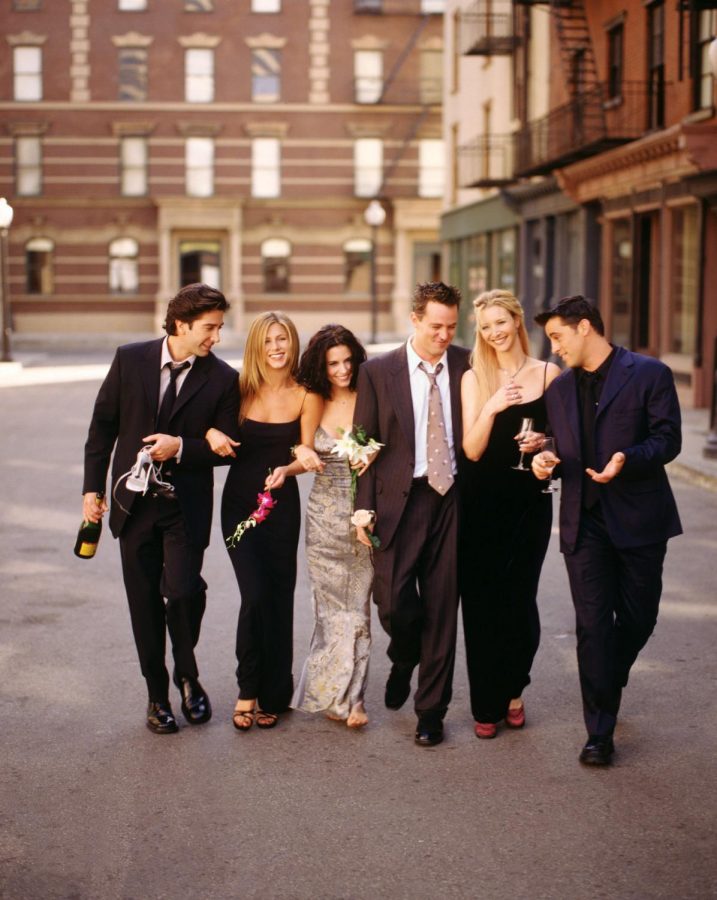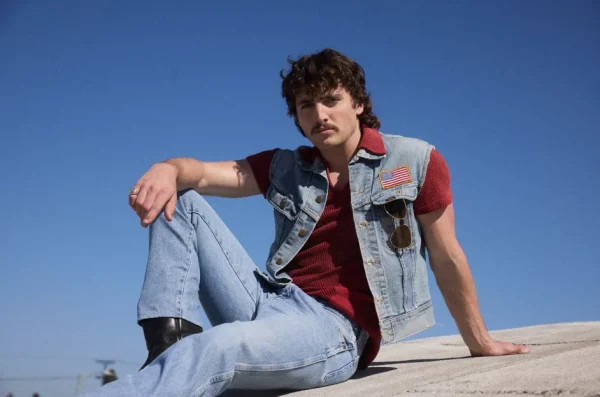25 years later, ‘Friends’ is still better than whatever you’re currently binge-watching
“Friends” is about a group of 20-somethings living in New York.
Twenty-five years ago, the world was introduced to Central Perk, a small New York coffee shop where six inseparable 20-somethings would ultimately spend the next 10 years trying to navigate adulthood together.
It was a success that no one could’ve predicted — I guess it’s fair to say that no one told them life was gonna be this way (insert clapping here). But since its premiere on Sept. 22, 1994, “Friends” has become a cultural staple in a way few television shows ever could.
While an average 23 million viewers per episode would warrant that kind of legacy, what’s astounding is that the show’s popularity has only increased in the years following its conclusion. Last year, Netflix viewers streamed 32.6 billion minutes of the series, making it the second most-streamed program on the platform behind only “The Office.”
But what is it that makes “Friends” so special?
In short, it’s the friends themselves. We see ourselves in these characters. Whether it’s Ross’ incessant whining about a stolen sandwich or Monica’s irresistible — and borderline disturbing — urge to clean everything in sight, there’s something relatable in the ridiculousness of these characters. I’ve perhaps never related to any fictional character more than Chandler Bing, who thrives on sarcasm and making jokes when he’s uncomfortable to get through life unscathed. All six of the friends feel, for better or worse, real.
At its surface, the simplicity of the show makes it easy to binge, but the success of “Friends” may also be rooted in its psychological benefits. In spite of its relatively realistic scenarios — excluding the obviously absurd presumption that six adults in their 20s and 30s really have that much money and free time on their hands — “Friends” offers a rather escapist approach to the harsh realities of adulthood, which, according to several studies, can help viewers cope with anxiety.
“Friends” boasts an unequivocal joy that just isn’t comparable to any of its contemporaries. Hell, ratings for the series increased 17% in the wake of 9/11, largely due to the show’s optimism, according to co-creator Marta Kauffman. (Given the current political climate, it’s no surprise that optimism still has such a large appeal.)
Over two decades after “Friends” premiered, the central conflicts presented across its ten seasons are still just as relevant. As college students, many of us are entering our 20s, and much like Ross, Rachel, Phoebe, Monica, Chandler and Joey, we’re at a pivot-al (pun intended) moment in our lives, learning that adulthood is hard, but it’s doable — especially if you’ve got good friends by your side.
There’s one particular line in the show’s pilot that encapsulates this collective struggle shared by the characters and audience: “Welcome to the real world. It sucks. You’re gonna love it.” (Could that be any more accurate?) It’s a sentiment that follows those characters right up until the show’s emotional finale, and one that its audience has carried long after.
“Friends” did more than give us an iconic haircut or a catchy tune about a foul-smelling feline. It’s transcended — and shaped — generations of people trying to figure out life as an adult. It was there for my parents when they were in their 20s, and now it’s there for me, too.
It’s been 25 years, and the heart and humor of “Friends” have beyond endured the test of time. And there will probably never be anything quite like it ever again.








